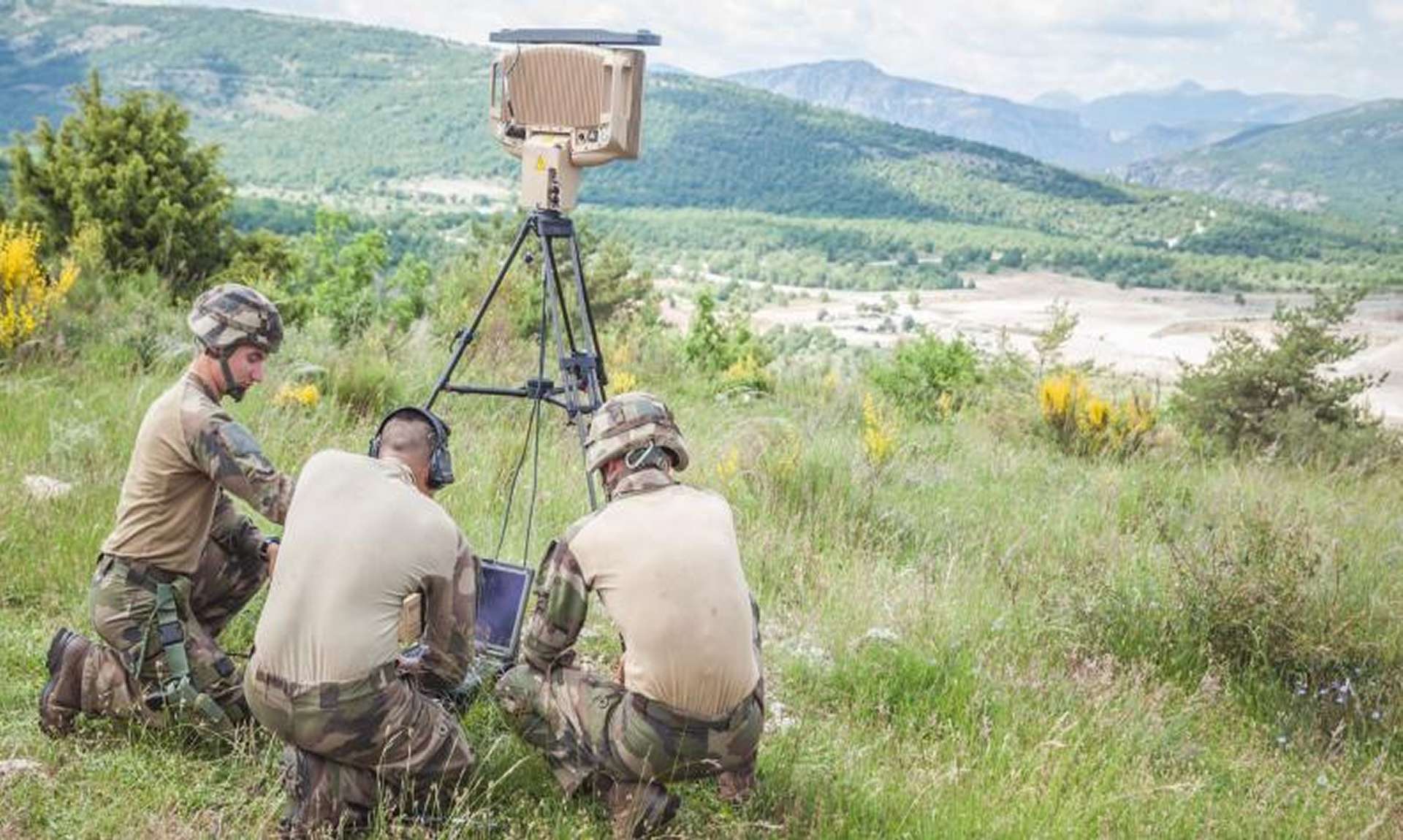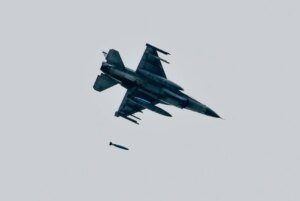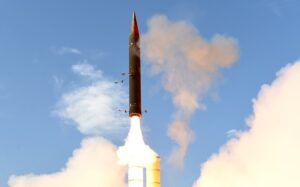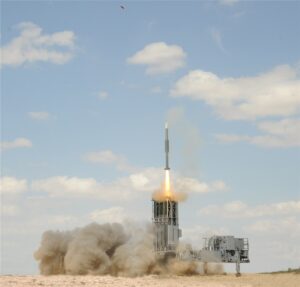法国升级穆林雷达,增强战场感知与电磁威胁抵御能力
快速阅读: 法国陆军升级Murin雷达,提升多目标跟踪、电子战抗干扰能力,支持战术C4ISR网络,增强战场数字化与态势感知,预计2026-2028年广泛部署。
Originally fielded to support French infantry and special operations forces in asymmetrical environments, the Murin radar has evolved into a multi-mission tactical asset suited for high-intensity warfare. Compact and lightweight, it can be deployed by a two-person team in under five minutes and offers silent operation with low thermal and electromagnetic signatures. The enhanced variant now in testing integrates significant hardware and software improvements that boost its effectiveness against stealthy or low-observable targets such as infantry in foliage, uncrewed ground vehicles, or dismounted patrols operating in complex terrain. Its upgraded detection algorithms also reduce clutter and improve tracking stability in urban or mountainous environments.
From a technical perspective, the upgraded Murin is an X-band radar operating with electronically scanned arrays (ESA) that allow rapid sector sweeps and real-time 3D tracking. The system now supports multi-target tracking of over 50 ground contacts simultaneously and has a vehicle detection range exceeding 20 kilometers under optimal conditions, with detection of human targets extending up to 8 kilometers depending on terrain. Advanced Doppler signal processing enables precise velocity estimation and classification of target movement patterns, key to distinguishing hostile activity from benign civilian motion. The radar’s frequency-hopping capability, low-probability-of-intercept (LPI) waveforms, and embedded electronic counter-countermeasure (ECCM) protocols significantly harden it against jamming, spoofing, and geolocation attempts by enemy forces. The system’s compact control unit supports full integration with tactical C4ISR networks, allowing operators to stream radar plots to command posts and mobile fire direction centers in real time.
The Murin’s modernization responds to evolving threat landscapes where tactical units must operate in electronically contested environments, face fast-moving adversaries using hybrid tactics, and contend with drone swarms, loitering munitions, and dispersed infantry formations. France’s decision to invest in this radar upgrade reflects a strategic shift toward deploying more autonomous, resilient, and rapidly deployable sensor platforms at the company and platoon level. While legacy systems such as the RASIT radar provided valuable surveillance capabilities during the Cold War and counter-insurgency operations, they lack the survivability, mobility, and network integration required on modern digital battlefields. Larger systems like the Ground Master 60 (GM60) offer greater range and air surveillance capacity, but their bulk and logistical footprint limit their use in mobile or covert operations. The upgraded Murin thus fills a critical capability gap by offering near-persistent, local area surveillance that can move with the maneuver force and operate independently if needed.
Strategically, the development is aligned with the French Army’s SCORPION program, which emphasizes battlefield digitization, sensor fusion, and enhanced situational awareness at every echelon. The Murin upgrade directly supports this transformation by offering plug-and-play compatibility with the SICS (Système d’Information du Combat Scorpion) digital command system, ensuring that tactical data from forward sensors can be exploited immediately to coordinate fires, maneuver, and defensive postures. It also complements the increased deployment of remotely operated systems and unmanned ground vehicles (UGVs), which are expected to play a larger role in surveillance and force protection in coming years. By providing a radar system that can be integrated into these platforms or used independently by dismounted teams, the French Army increases its operational flexibility across both conventional and expeditionary theaters.
Operational trials of the upgraded Murin radar are currently being conducted in varied terrain, including forested zones, open plains, and semi-urban test environments, to evaluate performance under conditions replicating real-world missions. The DGA and Army technical teams are also testing the radar’s ability to sustain operations under electronic warfare pressure, simulating jamming and cyber-intrusion attempts to assess the robustness of its security architecture and resilience. Data from these trials will inform final refinements before the system enters series production. While initial production is expected to cover priority units such as mountain infantry, special reconnaissance teams, and engineer regiments, broader adoption is anticipated in the 2026-2028 procurement window.
The upgraded Murin radar represents a decisive leap in tactical sensor capability for the French Army. With its enhanced detection range, electronic warfare resistance, and integration into the digital battlespace, it enables French forces to achieve faster sensor-to-shooter loops, enhance border and perimeter monitoring, and improve overall threat awareness in dynamic combat zones. As European land forces prepare for the possibility of large-scale maneuver warfare against technologically advanced opponents, compact and smart radar systems like Murin will be essential to maintaining tactical superiority and operational tempo across dispersed battlefields.
(以上内容均由Ai生成)








